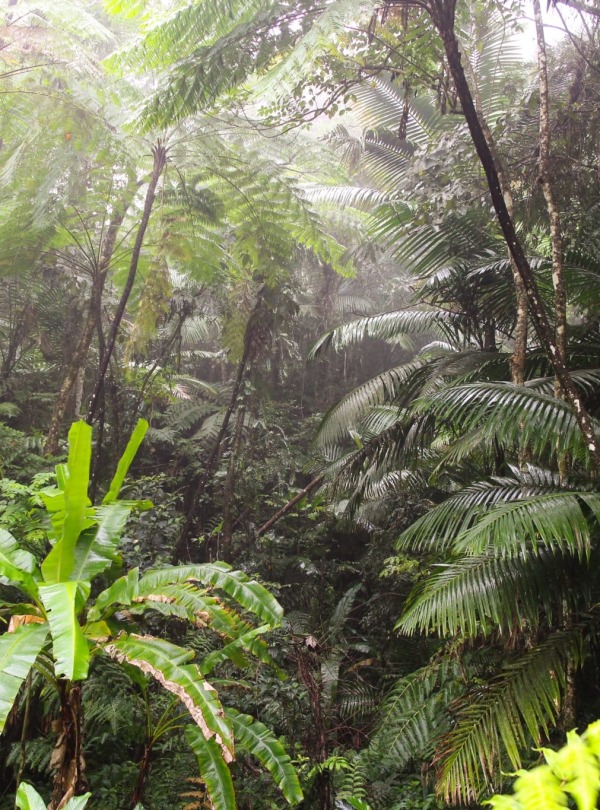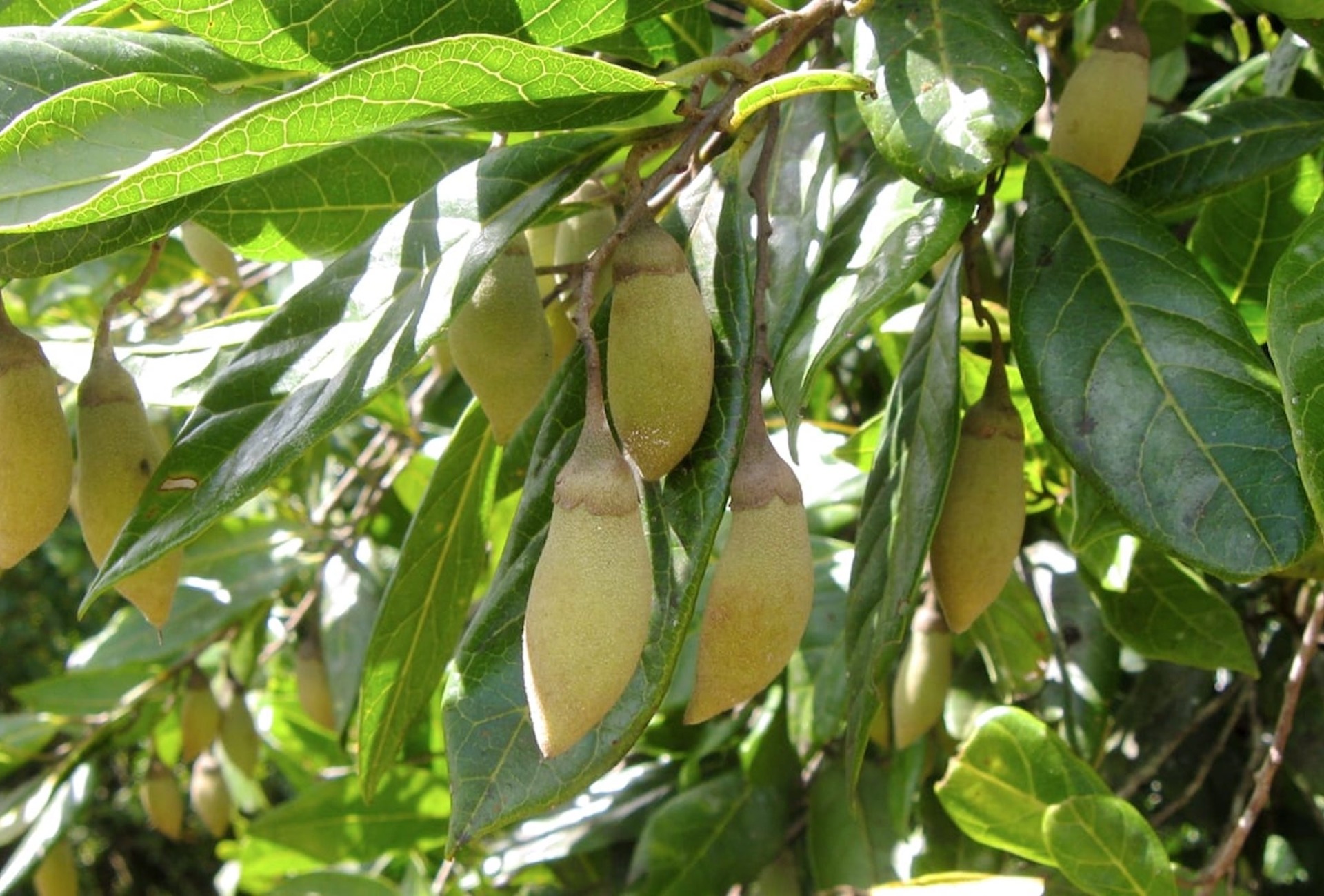
Purchasing Palm Rainforests in Puerto Rico
Support Other Projects Like ThisSupport Other Projects Like ThisRainforest Trust and local partner Para la Naturaleza seek $318,120 to purchase 112 acres of critical amphibian habitat.
-
Species at Risk
Interior Robber Frog (CR), Richmond’s Coqui (CR), Palo de Jazmin (Styrax portoricensis-CR), Cricket Coqui (EN), Hedrick’s Coqui (EN), Puerto Rican Robber Frog (EN)
-
Carbon stored
8,550*
*(metric tons of CO2 equivalents) -
Partner
Para la Naturaleza
-
112 Proposed Acres Conserved by
Purchase
-
Project Cost: $318,120
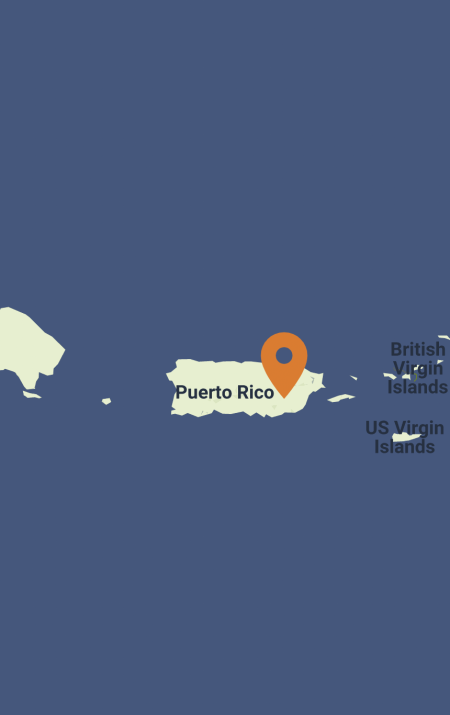
112
Rainforest Trust and local partner Para la Naturaleza seek $318,120 to purchase 112 acres of critical amphibian habitat.
-
Species at Risk
Interior Robber Frog (CR), Richmond’s Coqui (CR), Palo de Jazmin (Styrax portoricensis-CR), Cricket Coqui (EN), Hedrick’s Coqui (EN), Puerto Rican Robber Frog (EN)
-
Carbon stored
8,550*
*(metric tons of CO2 equivalents) -
Partner
Para la Naturaleza
-
112 Proposed Acres Conserved by
Purchase
-
Project Cost: £239,187

112
Rainforest Trust and local partner Para la Naturaleza seek $318,120 to purchase 112 acres of critical amphibian habitat. The proposed project site is in the southeast Sierra de Cayey, between Ulpiano Casal Natural Protected Area and Carite State Forest. Land here is mainly mature secondary montane wet evergreen forest and mature primary Sierra Palm forest.
This ecosystem is one of the island’s most important. The mountains are an epicenter of Puerto Rico’s endemic and threatened amphibian communities. The Carite State Forest in particular is an Important Bird Area and a Key Biodiversity Area.
But the Land Use Zoning Plan, approved by the government in 2015, allows agricultural development in the area. This activity poses an immediate threat to the habitat and water resources. Securing this site will connect two protected areas and enable 10 acres of disturbed land restoration. This restoration will enhance the habitat of at least 10 endangered species.
Explore Puerto Rico
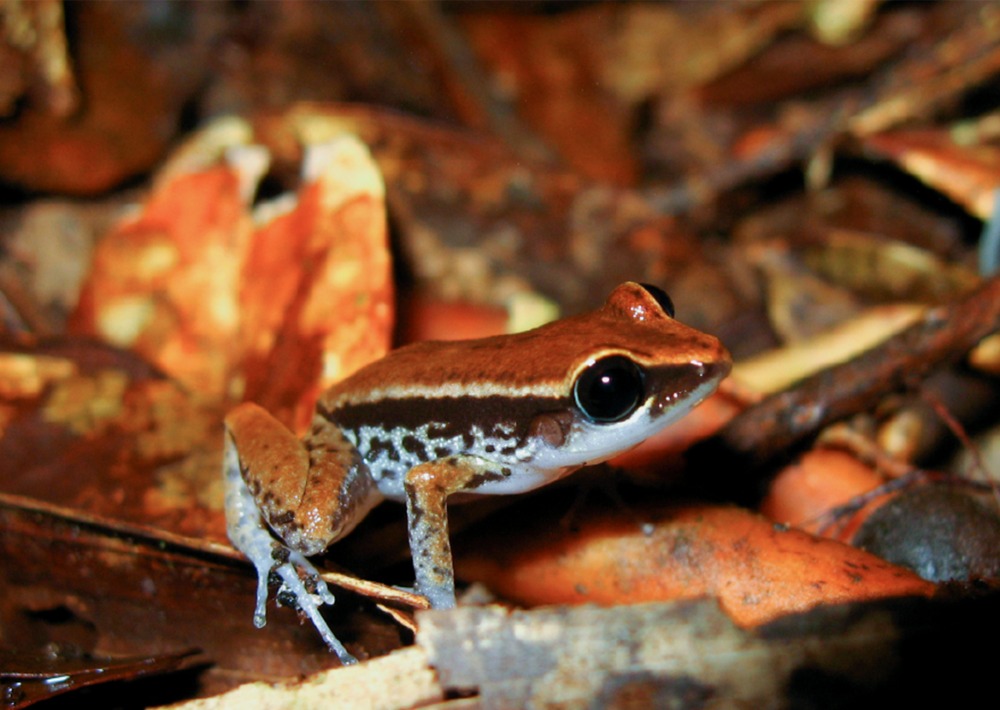
Critically Endangered Richmond’s Coqui courtesy of Para la Naturaleza
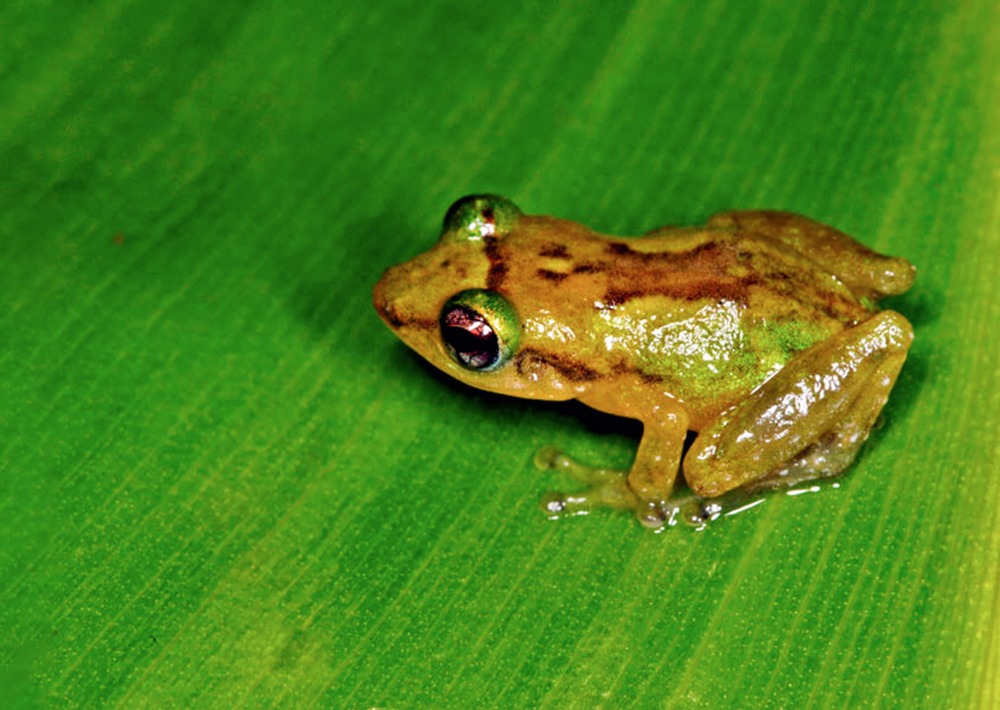
Endangered Cricket Coqui courtesy of Para la Naturaleza
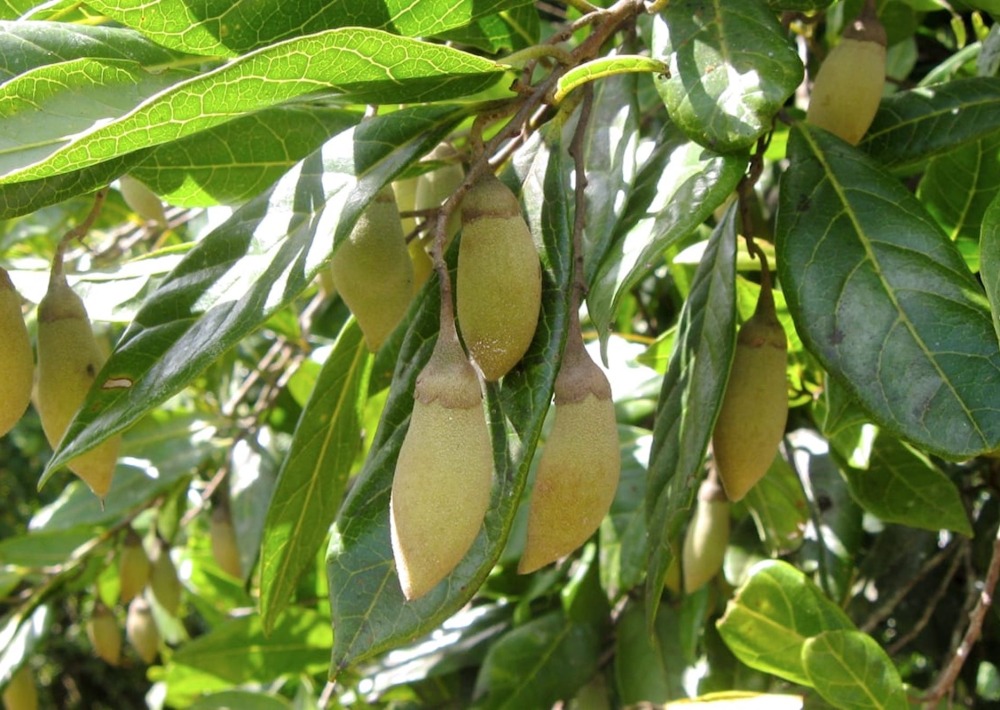
Palo de Jazmin (Styrax portoricensis-CR)
Biodiversity
The Sierra de Cayey mountains are the second richest center of tree species richness and endemism in Puerto Rico.
The resident and Critically Endangered Palo de Jazmin is one of Puerto Rico’s rarest endemic tree species. Elevation, high humidity and varied topography create diverse microclimates that also sustain rich fern and lycophyte diversity. The mountains are home to a rich and endemic amphibian community. In fact, 15 of Puerto Rico’s 18 endemic amphibian species live in Sierra de Cayey. This includes historical records of three Critically Endangered, possible extinct species (Eleutherodactylus jasperi, Eleutherodactylus karlschmidti and Eleutherodactylus eneidae). To date, researchers have found 217 species in the area. Twenty-two percent of these are endemic species. The Puerto Rico Department of Natural and Environmental Resources also classifies 12 of them as critical elements and IUCN lists at least 10 of them as threatened. The exact status of amphibian populations in the area is unknown. But studies have shown local and global amphibian numbers in decline. Climate change, diseases such as chytrid fungus, drought, high temperatures and others factors can threaten amphibian populations.
Challenges
The main challenges to the species and their habitat in the proposal site are climate change and land use change.
Climate projections suggest upcoming changes in temperature and rainfall, and amphibian populations are sensitive to temperature shifts and humidity variation. Hence, these changes may stress populations and increase mortality. Acquiring the project site would increase habitat and endangered species protection by avoiding land use change and ensuring microclimate sustainability. At the same time, this project will connect the landscape with and enable species to access habitat in the Carite State Forest.
Communities
Protection will safeguard the water supply of over 200,000 people in the San Juan Metropolitan Area.
The project site is a rural area with a sparse population, and the partner has identified no community organizations. But the area is in the headwaters of the Río Grande de Loíza. Hence, protection will safeguard the water supply of over 200,000 people in the San Juan Metropolitan Area.
Solutions
Funding for the project will purchase 112 acres in the Carite Key Biodiversity Area.
Para la Naturaleza will integrate the land into its network of natural protected areas to extend the Ulpiano Casal Natural Protected Area. They will develop a management plan with goals, objectives and actions for the next 10 years. Immediate actions will include marking boundaries, creating an inventory of the area’s biodiversity and restoring 10 acres of disturbed habitat.
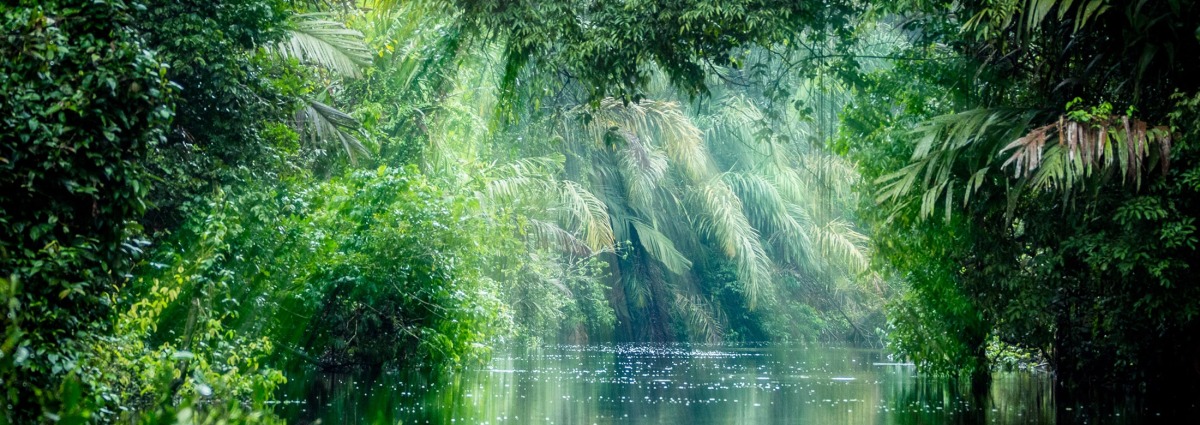
We Value Transparency.
Conservation work is critical, challenging, and can be costly. We work hard to ensure we raise only the funds needed for each project. In the rare case we raise more money than needed or a project comes in under budget, excess monies will be transferred to the Conservation Action Fund. This fund supports our important conservation work throughout the tropics.
Learn more about the Conservation Action FundLearn more about the Conservation Action Fund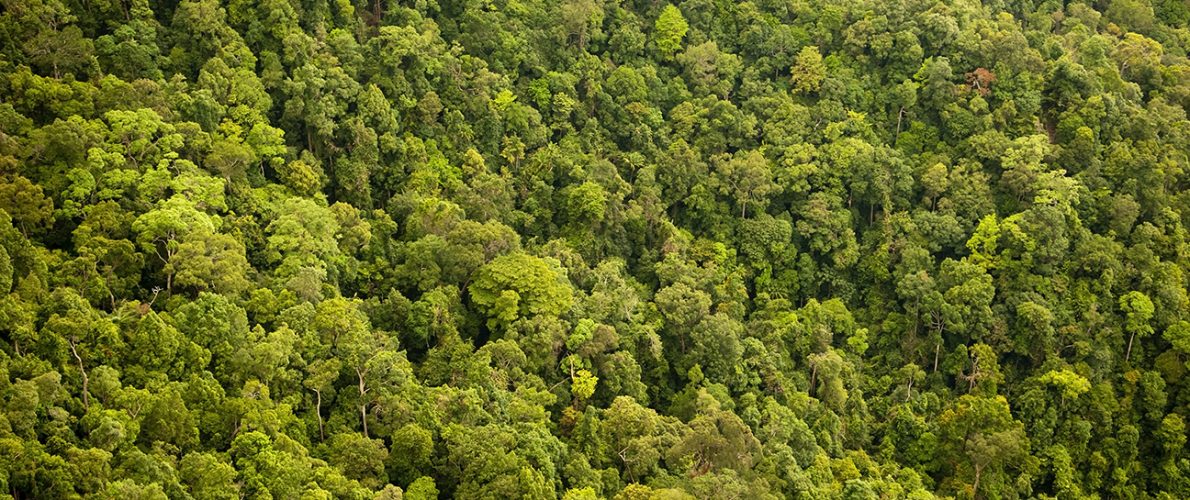
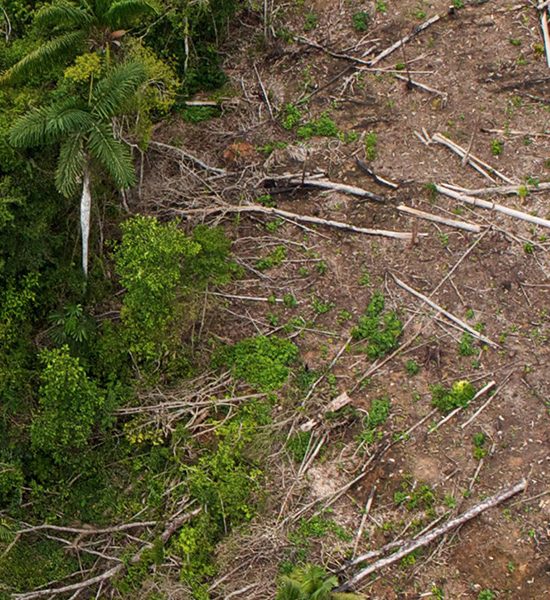
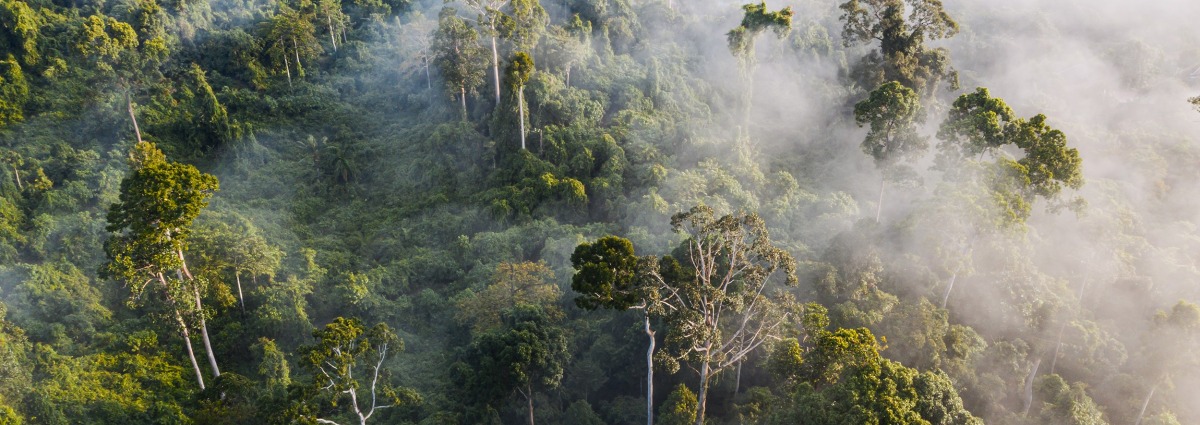
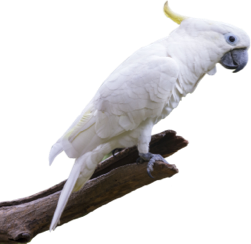
Partnering to Save Rainforest
Our partners’ ability to work with their governments and build strong connections with local communities ensures the successful implementation of our projects.
Learn More About This PartnerLearn More About This Partner
